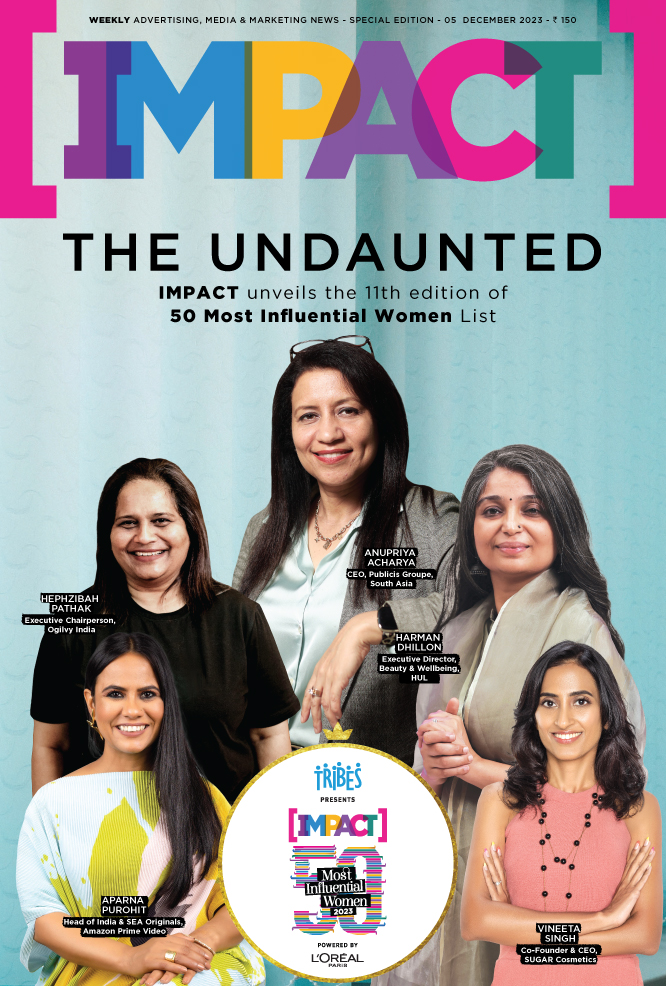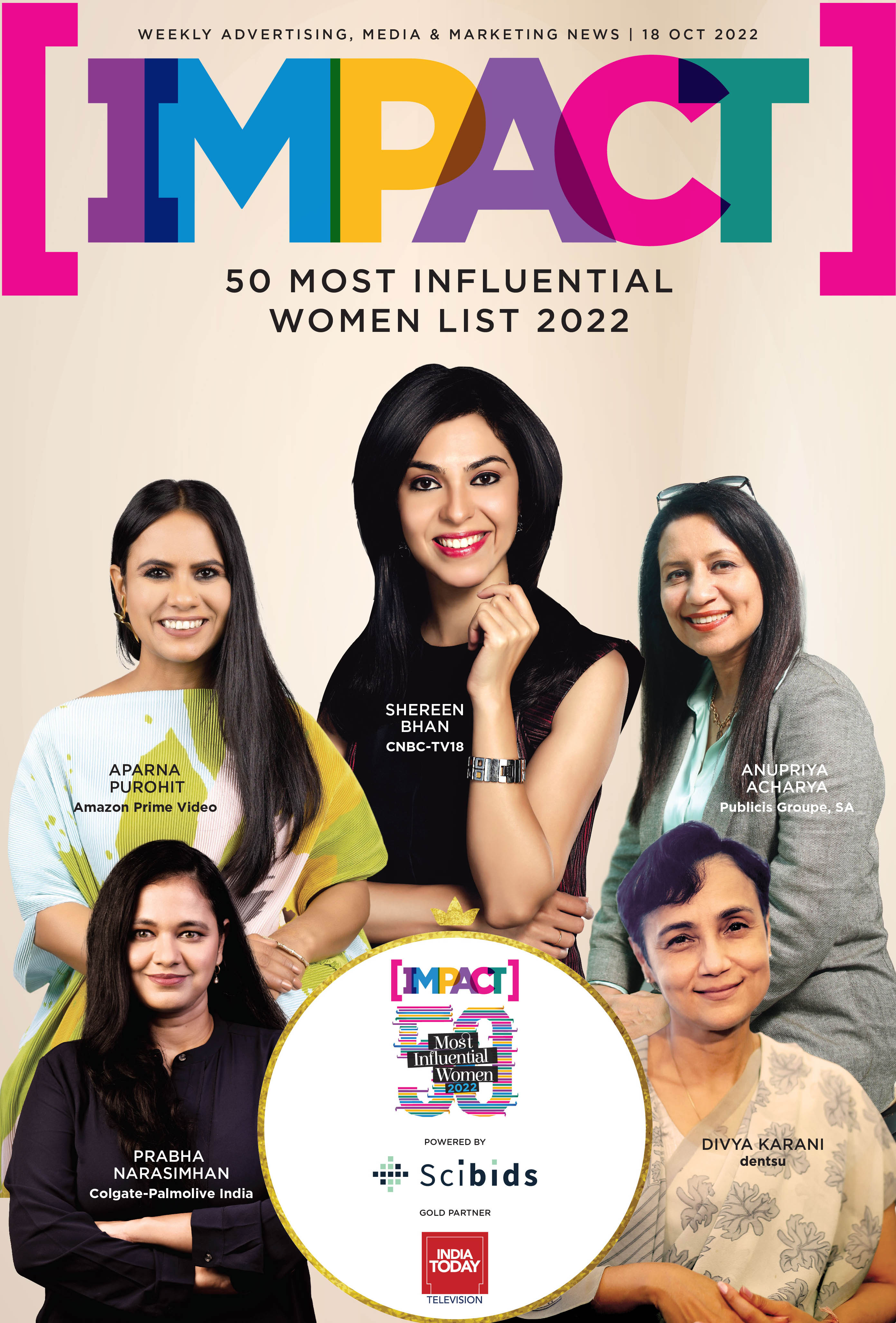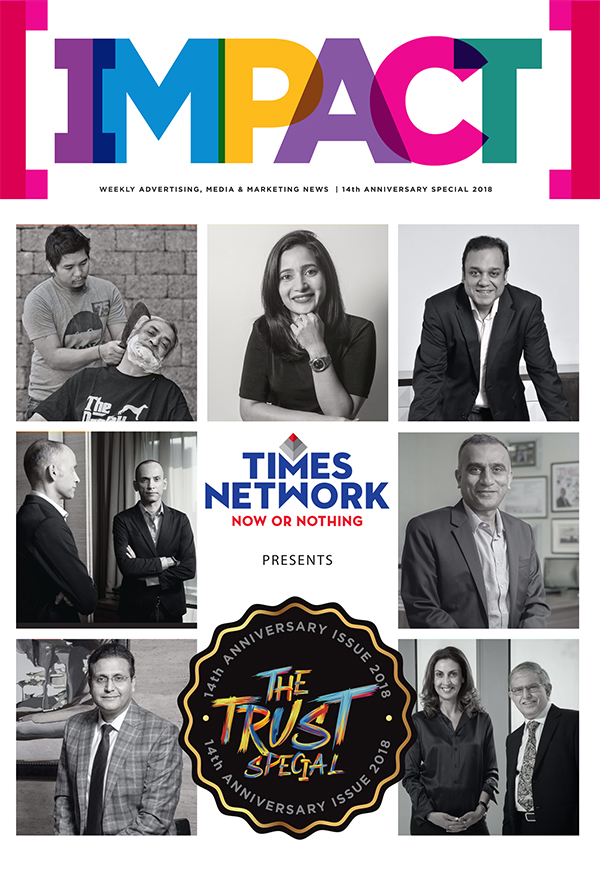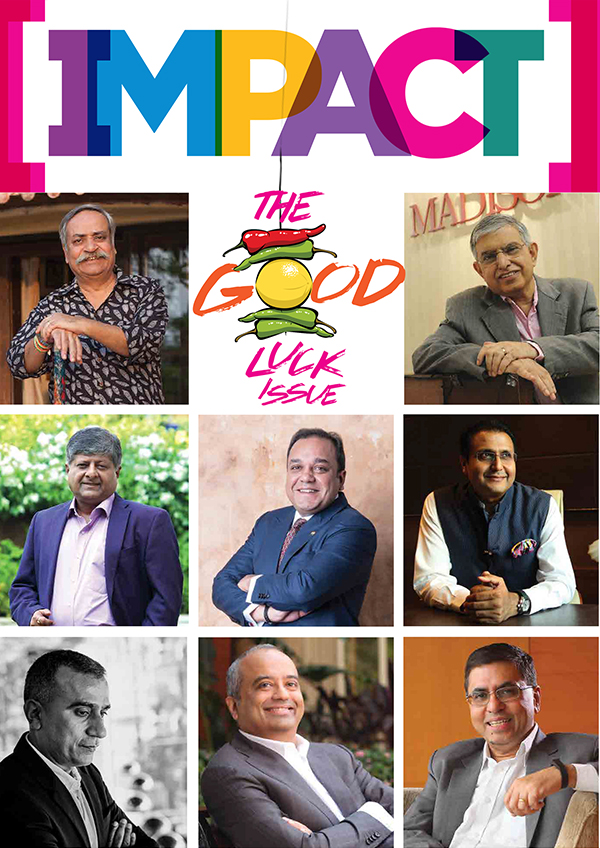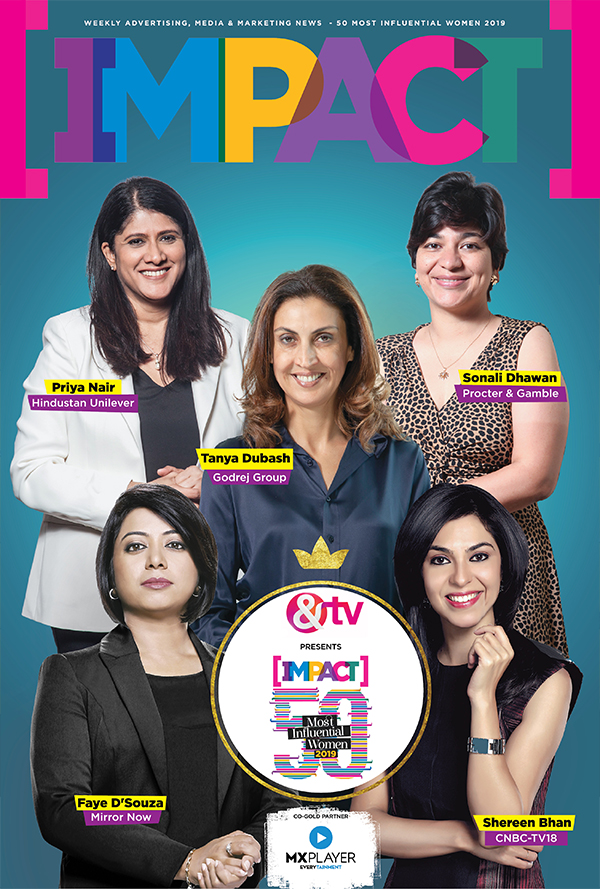Blinkit has recently introduced a parental control feature on its app. This feature, aimed at hiding sensitive products behind a PIN and setting up a recovery phone number, ensures children browsing the app cannot see age-inappropriate items. The feature was launched with a Twitter post from Albinder Dhindsa, Blinkit, CEO. 
Though Blinkit has rolled out parental controls recently, this sudden shift appears to have been inspired by a viral LinkedIn post by Ponsana David, CEO, Thai Green Power Solution, (Renewable Energy | EV | Blockchain for Green Energy), made about one month ago. In her post, David shared a vivid account of the exposures children might face while browsing delivery apps, "What if your 9-year-old came to you holding a sex toy or vibrator or a condom packet??? Would you be okay with it? This is not a dramatic question. This is a real possibility in today’s digital world," she mentioned.
She explained that her daughters, aged 14 and 9, regularly use apps like Zomato, Swiggy, Blinkit, and Zepto to order essentials, snacks, and stationery. Yet adult products appear alongside normal items without any age verification or parental lock. She emphasised the potential hazards of this exposure, "Unlike alcohol or cigarettes, which often ask for age verification, these platforms show no hesitation in exposing children to such products. There’s no lock, no PIN, no warning! If it’s there, let me know."
Find the full post here.
She also highlighted how seamlessly these platforms have integrated into daily life. Citing leaders from major Q-commerce players, Blinkit, Swiggy, and Zepto, she urged them to implement responsible parental controls across their platforms. “While you may be competitors in the market, for us, the users, you’re part of the same household,” she added.
The post drew significant traction and attention across the tech and parenting communities, sparking discussions on responsible digital parenting. Among those who responded was also Zomato, CEO, Deepinder Goyal, who wrote, "I am a parent as well, and this issue is deeply personal to me. This is already on top of our minds, and we are working to solve it. You should see progress on this front very soon."

This development by Blinkit has prompted industry-wide reflection on child safety in Q-commerce and other online shopping platforms, highlighting the need for structured parental control features that can protect younger users while maintaining platform usability. With this update going live, the key questions raised are: should such parental controls be made mandatory across all online shopping platforms, and was Blinkit's move a proactive step towards responsibility or simply a reaction to the viral LinkedIn post by Ponsana David? These questions underscore the broader conversation about digital parenting, user safety, and the evolving role of delivery platforms in household life.
Abhinay Bhasin, SVP, Product & Technology, Dentsu, highlights, “A study by Pew Research Centre quotes two-thirds of parents today find it harder to restrict children than in the past. Control in my mind, or a limit to exposure, should go hand in hand with technology/apps alongside a watchful eye by parents and should be implicit and not solely after public pressure; however, like many policies, public feedback plays a crucial role in setting guardrails – we have seen this with GDPR etc. in the recent past. While the industry does respond and hear public feedback as described in the policies above, I think there is a need for standardisation of practices across the board to protect consumer rights and sensitive exposure to information.”
Bhasin’s observation touches on the heart of the matter: while digital platforms sometimes have leaned on public criticism before making changes, the expectation is shifting toward proactive responsibility. Yet, even as Blinkit’s move has been welcomed, experts remain divided on whether a PIN lock truly addresses the problem.
Toru Jhaveri, Founder & Strategy Lead at The Stuff of Life, cautions, “On the face of it, Blinkit has offered a simple solution to a widespread concern. Kids are increasingly using delivery apps, parental supervision isn't foolproof, and toggling a setting prevents embarrassment for everyone while also winning kudos for the brand. But if you give it a little more thought, this step raises more questions than answers. First, children are adept at sidestepping digital safeguards, so I'm not sure a PIN would help. It might even create curiosity to explore an app or category further.”
The larger dilemma, Jhaveri notes, is deciding what qualifies as ‘not kid-safe.’ While condoms and sex toys are obvious, perceptions vary; some households even treat menstruation as taboo despite sanitary products being everyday essentials. And unlike apps, stores or pharmacies don’t hide such items from view, raising the question of how effective Blinkit’s measures can really be.
The line between protection and over-protection is a fine one, and platforms risk being pushed into moral policing.
Yet, despite these complexities, some see Blinkit’s move as a valuable step in building consumer trust. Ronita Mitra, Senior Business & Marketing Professional, highlights, “Blinkit’s new parental control feature is a significant step in aligning quick commerce with evolving consumer expectations. It is not just a new feature added, it’s a strong statement about values and consumer centricity. For brands, trust is the ultimate currency. Features like these don’t just protect children; they also reassure parents that the platform respects their roles and responsibilities. In a competitive market where functional parity is high, these trust-driven differentiators go a long way in building long-term brand equity and loyalty.”
While Ponsana David’s post had tagged leaders from all major quick-commerce platforms, no other company has publicly responded so far. Blinkit remains the only one to roll out a concrete safeguard. Mitra adds, “Globally, many tech companies have introduced parental controls to create safer digital experiences. Blinkit’s move brings another global best practice into the Indian market, showing responsiveness to consumer concerns while also setting a new benchmark for the industry. This new feature might just be the beginning of a larger shift where other platforms, too, move from being purely transactional to becoming responsible partners in family safety.”
The debate then will not just be about functionality, but also about positioning. Where speed and convenience have become commoditised, values such as safety and trust could emerge as the real differentiators and metrics.
Still, there are warnings that relying solely on parental controls risks treating symptoms rather than the root cause. Nisha Sampath, Managing Partner, Bright Angles Consulting, explains, “In the digital world designed for instant gratification with minimal friction, it’s not surprising that child safety has been an afterthought. From social media apps to YouTube to Quick Commerce, players have been reactive rather than proactive in introducing child control features. Now even toddlers are able to navigate mobile screens, making it imperative that builders proactively design to engage responsibly with younger users.” Nisha also notes that Deepinder Goyal’s quick acknowledgement and Blinkit’s swift action serve as a textbook example of how to respond to consumer criticism. But she stresses that brands can go further, especially with the technology already at their disposal. For instance, children can easily place orders and rack up bills, something AI could help prevent while also shielding them from harmful content or predatory interactions online.
And perhaps the most grounded perspective comes from communication strategy specialist Karthik Srinivasan, who reminds us that technology can only go so far: “A smartphone is usually assumed to be a personal device, unlike a TV which is seen as a 'family' device… having parental control in-app is one thing, but children finding age-inappropriate products being delivered at home is entirely another. What gets delivered cannot come with parental PIN protection. So, yes – there is merit in having parent locks on these apps, but that is only assuming parents allow children to directly access a parent's phone and then the quick commerce app.”
However, several attempts in the past have been made globally to set responsible boundaries around children’s exposure to sensitive content. As Bhasin, points out, “There have been policies in the past, especially when it comes to exposure of content to children; many come to mind, such as M2K [Marketing to Kids – a global pact signed by advertisers under Recommendations for Responsible Food Marketing to Children to close the gap with responsible guidelines for marketing to kids], brand safety, app age restrictions by Meta, Google etc. There is a constant need to work with policy makers in joint partnership with public feedback to constantly evolve these as ecosystems change and tech and access to content evolve.”
In the end, Blinkit’s parental control feature is as much a statement as it is a safeguard. The move has sparked industry-wide reflection on whether such controls should become a standard across platforms, and on the fine balance between responsibility and overreach. For now, Blinkit may have taken the first visible step, but the real question is whether the rest of the quick-commerce sector will treat child safety as a competitive advantage or a collective responsibility.










.jpg)







